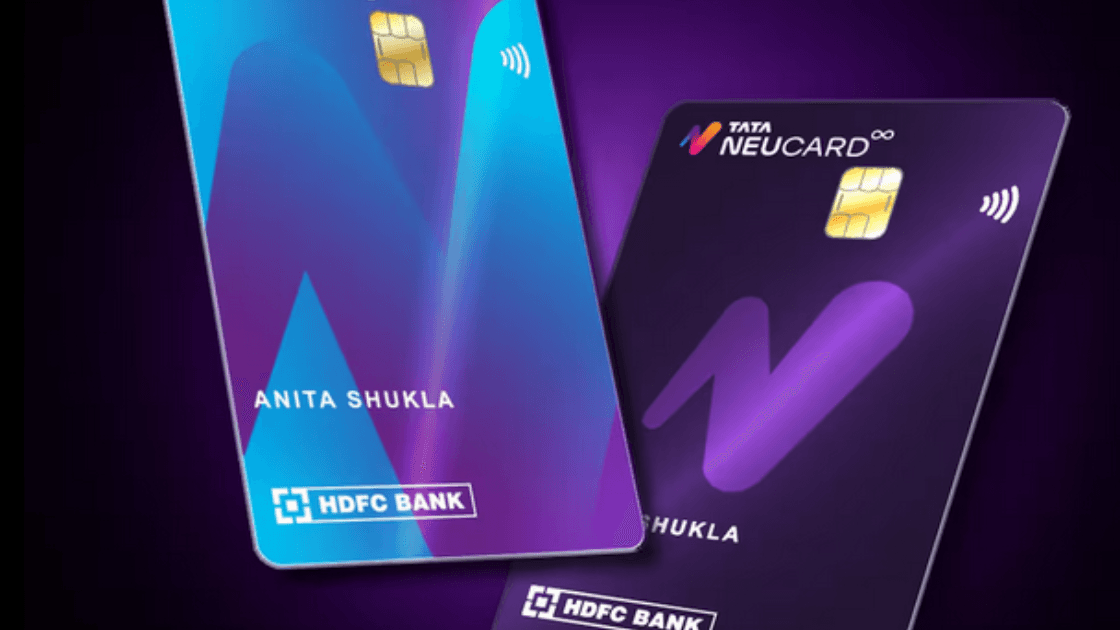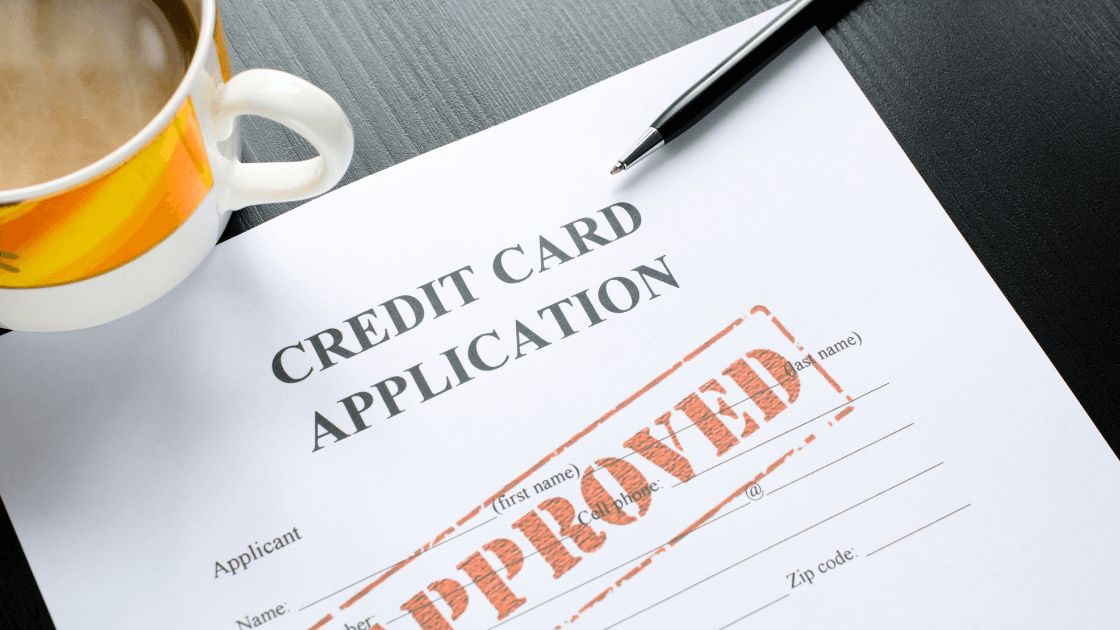
Cards
•05 min read
-ed507771-df04-4fb3-9af5-bae11cb611a6.png&w=3840&q=75)
Ever wondered how to use credit card for interest rate management effectively? Understanding how credit card interest works is the key to breaking free from unnecessary charges. In this post, we will walk you through the basics of credit card interest, explain how it is calculated, and share actionable tips to save money on interest. You will learn about concepts such as the Annual Percentage Rate (APR), grace periods, and even how daily interest is computed. By the end, you will have a clearer picture of when interest is charged, how to avoid it, and ways to manage your credit card usage responsibly.
Credit card interest is the cost of borrowing money on your credit card. When you do not pay your full balance by the due date, the remaining amount starts to earn interest. The interest you pay is often expressed as an Annual Percentage Rate (APR). The APR shows the annual cost of borrowing, and different transactions such as purchases, cash advances, or balance transfers may have varying rates. Credit card agreements usually outline whether a rate is fixed or variable, and it is important to familiarize yourself with these terms before using your card.
One common method to calculate interest is to take the APR and divide it by 365, resulting in a daily interest rate. For example, if you carry a balance, interest is accrued each day until the balance is paid off. This means that even a small delay in settling the dues can lead to increased charges. Also, note that the interest on cash advances is often calculated immediately, and balance transfers may have their own set of terms. Understanding where and how interest starts accruing can help you manage your payments better.
The concept of a grace period is central in avoiding extra charges. Typically, you have an interest-free period after the statement generation date until the payment due date. During this time, if you pay your full balance, you won’t incur any interest. However, if you make only the minimum payment or use your card for cash advances, interest begins accruing right away. Being aware of these triggers is crucial for responsible credit card usage.
Your credit card may offer an interest-free period, usually spanning about 14 to 21 days. Capitalizing on this period by paying off the full balance can help you avoid unnecessary interest charges. Understanding when this period kicks in and ends is essential for good financial management.
While interest is typically calculated on a daily basis by dividing the APR by 365, it is usually charged on a monthly basis to your account. This daily accumulation can have an impact on the total amount of interest you owe. It is useful to grasp these concepts in order to plan your payments effectively. Tools like a credit card interest rate calculator can help you estimate the cost of carrying a balance.
Cash advances often come with higher interest rates and no grace period. This means that as soon as you withdraw cash, interest starts accumulating. Balance transfers can offer promotional APRs, but be cautious as these offers typically revert to higher rates after a set period. Knowing these details will help you use your card more wisely.
The most straightforward way to avoid interest charges is to settle your full balance every month. This not only saves money but also helps maintain a good credit score. Budget your expenses wisely and track your spending to ensure you pay off the entire amount on time.

Ensure you are fully aware of your credit card’s grace period. By timing your payments right, you can maximize this no-interest period and steer clear of extra charges. Always review your statement carefully to determine the period available to you.
If you have a solid payment history and a good credit score, consider negotiating with your issuer to lower your interest rate. A lower APR means less interest if you ever carry a balance, and it reflects a healthy relationship with your credit provider.
Be cautious with transactions that carry higher interest rates, such as cash advances. Instead, consider alternatives like the Tata Neu HDFC Bank Credit Card, which offers NeuCoins rewards and competitive rates. Additionally, promotional APRs for balance transfers can be attractive, but they should be managed carefully once the promotional period ends.
Online tools like credit card interest rate calculators can help you understand exactly how much interest you are being charged. By inputting your balance, APR, and payment amount, you can see the cost of carrying debt and plan your repayments more effectively.
Utilize user-friendly budgeting apps that offer features such as payment reminders and spending trackers. These tools can help you keep your finances in check, ensuring that you pay your credit card bills on time and take full advantage of interest-free periods.
Lastly, make sure to read the fine print in your credit card agreement. Understanding key terms like APR, the grace period, and any penalty rates is vital to managing your expenses effectively. This will empower you to use your card in a way that aligns with your financial goals.
Strive to maintain a low credit utilization ratio. This is the ratio of your outstanding balance to your total credit limit. Keeping this below 30% is generally recommended for responsible credit management and can positively influence your credit score.
Paying only the minimum that’s due can lead to skyrocketing interest charges and prolonged debt. Even small additional payments can make a significant difference over time by reducing the principal faster, which in turn leads to less interest accumulation.

Regularly reviewing your credit card statements and tracking your spending can help you detect any unusual patterns and areas where expenses can be trimmed. Being proactive in this way helps prevent unnecessary debt and keeps your financial health in check.
If you must make a high-interest transaction, such as a cash advance, plan your repayments carefully. This can help minimize the impact on your finances and keep extra charges to a minimum.
Leverage available budgeting tools and calculators to stay on top of your repayments. These resources can provide a clear picture of your financial situation and help you make informed decisions about using your credit card.
The interest rate varies depending on the card’s terms and conditions and the type of transaction, such as purchases or cash advances.
You can avoid interest charges by paying off your full balance within the grace period and steering clear of high-interest transactions like cash advances.
Interest is calculated daily based on the APR, but it is typically added to your account on a monthly basis.
Paying only the minimum amount results in interest charges on the remaining balance, which can increase your overall debt over time.
With a good payment history and credit score, it is possible to negotiate a lower interest rate with your issuer.
Understanding the intricacies of credit card interest is essential for managing your finances effectively. By learning how interest is calculated and being aware of how grace periods work, you can make informed decisions to avoid unnecessary charges. Implementing strategies such as paying off your balance in full, leveraging financial tools, and closely monitoring your spending will empower you to maintain a healthy financial life. Discover how the Tata Neu HDFC Bank Credit Card, with its easy-to-use features and NeuCoins rewards, can help you manage interest rates effectively. Remember, mastering the way interest works today can pave the way for a more secure financial future.